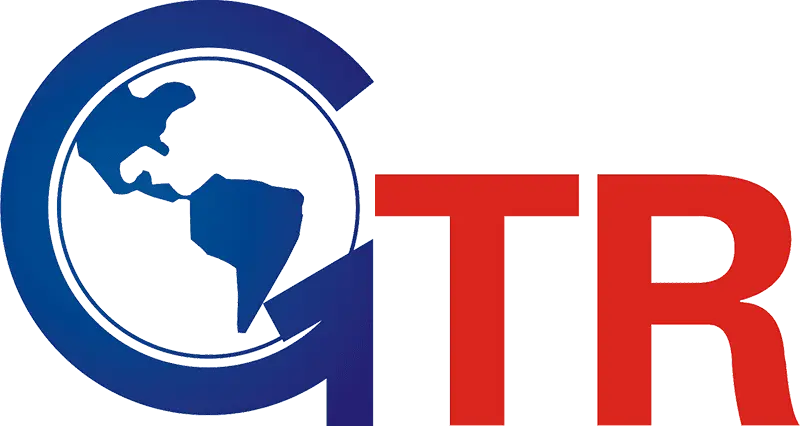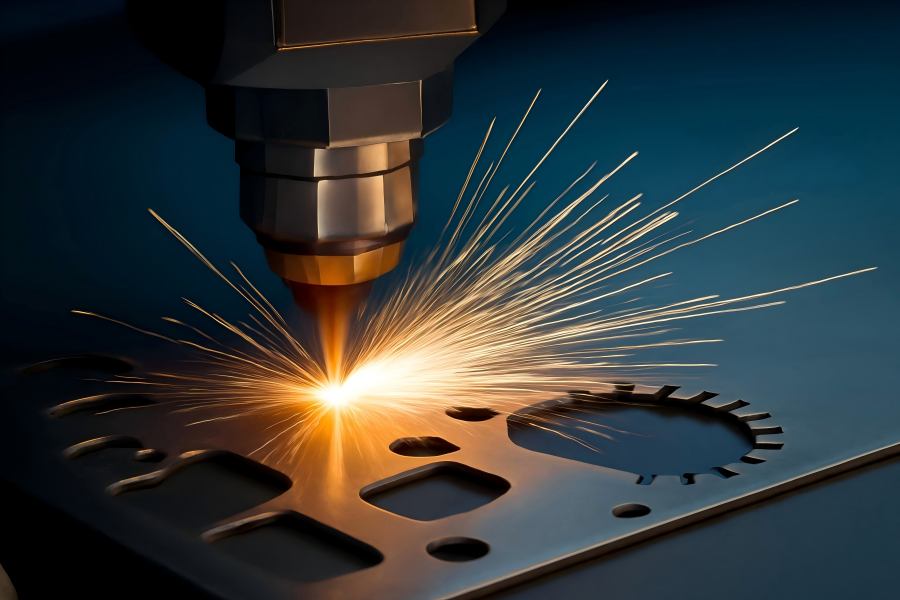Because of its accuracy in creating clean cuts, laser cutting is extensively employed in sectors like electronics, automotive, and aerospace. In order to melt, burn, or evaporate material along a predetermined route, a high-power laser beam is focused. In stator and rotor lamination manufacturing, this process is crucial for meeting strict component specifications.
While laser cutting provides numerous benefits, it is not without its challenges. Maintaining operational effectiveness and guaranteeing product quality require acknowledging and resolving these issues.
This article will examine six common laser cutting problems, their causes, and solutions to help optimize the cutting process and achieve the desired results.
Inconsistent Cut Quality
Inconsistent cut quality manifests as rough or uneven edges, variations in thickness, or poor surface finish. This problem is particularly problematic for stator and rotor laminations, where precision is paramount to the performance of the electrical motor.
Causes:
- Incorrect Laser Settings: Inadequate adjustment of laser power, cutting speed, or focus settings can lead to uneven cuts. For example, if the speed is too fast for the material, the laser may not fully penetrate it, resulting in incomplete cuts.
- Material Inconsistencies: Variations in material properties, such as thickness, hardness, or surface texture, can affect the cutting process. Thicker materials may require more power, while thin materials may warp under excessive heat.
Solutions:
- Modify Laser Parameters: Consistent cuts are ensured by adjusting the laser’s power, speed, and focus in accordance with the kind and thickness of the material. Regular calibration is necessary to ensure the settings remain optimal.
- Material Inspection: Inspect materials before cutting to ensure uniform thickness and consistency. Inconsistent material properties can result in unpredictable cutting behavior.
- Machine Maintenance: Regularly maintain the laser head and nozzle to ensure a focused, uninterrupted beam, and perform checks to confirm proper alignment.
Excessive Heat Affected Zone (HAZ)
The region surrounding the incision where the material undergoes a temperature shift that may change its characteristics is known as the Heat Affected Zone (HAZ). This can lead to discoloration, warping, or weakened material strength, which is a major concern when manufacturing stator and rotor laminations.
Causes:
- Excessive Laser Power: High power settings can result in excessive heat, which extends the HAZ and can degrade the material properties in the surrounding area.
- Slow Cutting Speed: Slow cutting speeds lead to prolonged exposure to heat, causing the material to heat up more than necessary and expanding the HAZ.
Solutions:
- Optimize Power and Speed: Adjusting the laser power and cutting speed to avoid prolonged exposure to heat can help reduce the extent of the HAZ. A balance between cutting speed and power can minimize thermal distortion while maintaining cut quality.
- Use Cooling Systems: Implementing assist gases, such as nitrogen, helps cool the material and reduces the HAZ. Water or air cooling systems can also be used in certain applications.
- Material Selection: Certain materials are more resistant to heat, so selecting materials with lower thermal conductivity and better resistance to heat will help minimize HAZ.
Inaccurate Cutting Path
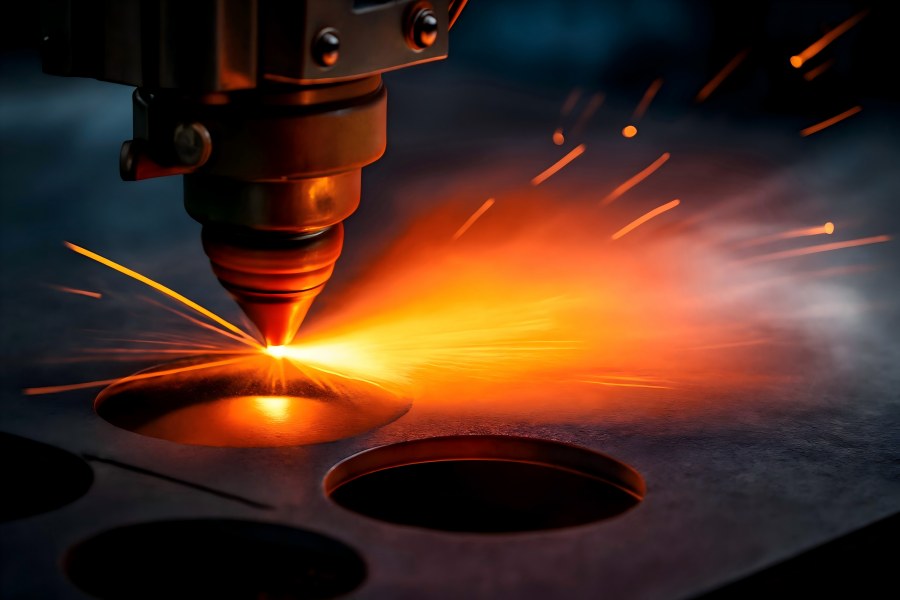
An inaccurate cutting path results in parts that do not meet dimensional specifications. Misalignment can cause gaps between components or interfere with the fitting of assembled parts. This is critical in the lamination of stators and rotors, where tight tolerances are essential for proper assembly and operation.
Causes:
- Calibration Errors: Misalignment of the laser head or the incorrect setup of cutting paths in the software can cause deviations from the intended cutting path.
- Mechanical Wear: Components such as rails, bearings, and gears may wear out over time, leading to mechanical issues that affect precision.
Solutions:
- Regular Calibration: Ensure regular calibration of the laser cutting machine, including checking the alignment of the laser head and the cutting path. Calibration should be done after machine maintenance and at regular intervals.
- Mechanical Inspections: Inspect mechanical components regularly for wear and tear. In order to preserve accuracy, worn-out parts should be changed right away.
- Software Optimization: Verify that the software controlling the laser machine is up-to-date and configured correctly. Accurate programming of cutting paths ensures that the laser follows the intended design.
Material Sticking to the Cut Edges
Material sticking to the edges of the cut can lead to poor surface finishes and increase the time required for post-processing. This problem often arises in metals like steel, aluminum, and copper, which can leave molten residues that reattach to the cut edges as they cool.
Causes:
- Inadequate Assist Gas Pressure: Insufficient assist gas flow or the wrong type of gas may not effectively clear the molten material from the cut area, causing it to adhere to the edges.
- High Heat Input: Excessive heat input during cutting can cause the molten material to remain in liquid form for a longer time, increasing the chances of reattachment.
Solutions:
- Boost Assist Gas Flow: Molten material can be blown away by high-pressure oxygen or nitrogen, which stops it from adhering to the cut edges.
- Adjust Laser Settings: Reduce the laser power or adjust the cutting speed to minimize excessive heat. This can help cool the molten material quickly before it reattaches.
- Post-Cut Treatment: Implement post-cut cleaning processes, such as brushing or chemical cleaning, to remove any material residue left on the edges.
Dross Formation
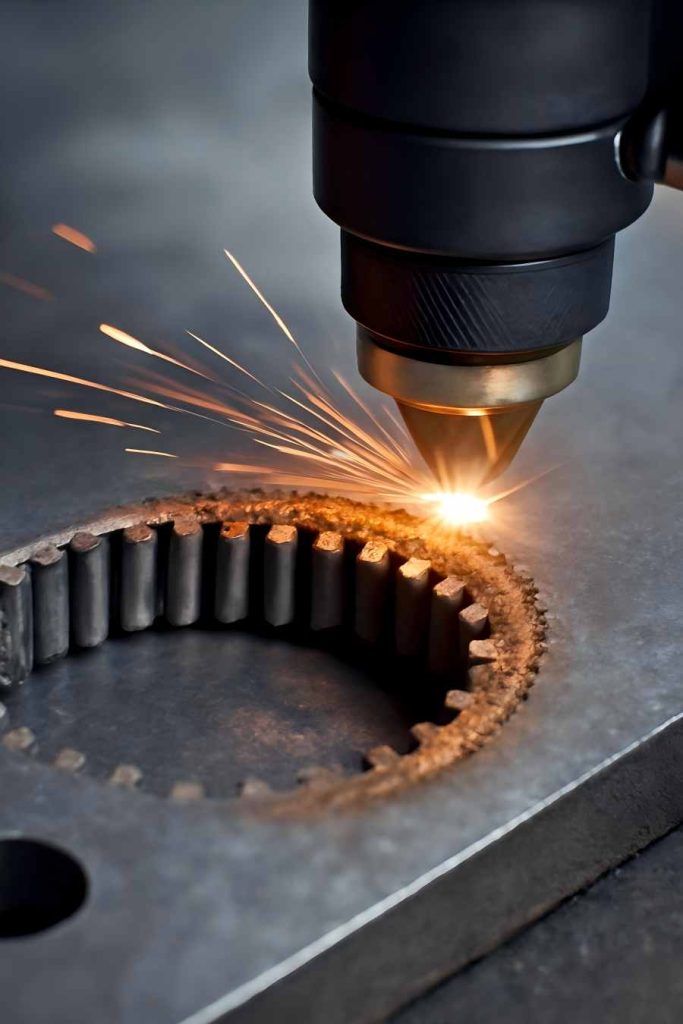
Dross is the accumulation of unwanted material along the cut edges that solidifies after being vaporized by the laser. Dross can create an uneven surface, which may require additional processing to remove, and in some cases, it can lead to defective parts.
Causes:
- Slow Cutting Speed: A slow cutting speed allows the material to stay in the laser’s heat zone for too long, leading to incomplete vaporization and dross formation.
- Incorrect Focus: If the focus of the laser is not correctly adjusted, the energy is not properly concentrated, which can lead to poor cutting quality and dross formation.
Solutions:
- Increase Cutting Speed: Increasing the cutting speed helps reduce the time the material is exposed to heat, thereby reducing the likelihood of dross.
- Optimize Focus: Cleaner cuts and less dross are produced when the laser focus is adjusted correctly, which guarantees that the energy is focused on the material.
- Use the Right Assist Gas: The use of appropriate assist gases can help blow away molten material and reduce the formation of dross.
Laser Head Contamination
Contamination of the laser head occurs when dust, residue, or molten material builds up on the lens or nozzle, affecting the laser’s focus and efficiency. This can lead to poor cutting performance and reduced accuracy, which can compromise part quality.
Causes:
- Residual Material: During the cutting process, material particles or vaporized particles can accumulate on the lens or nozzle.
- High Operating Temperatures: The high heat generated by the laser can cause material residues to adhere to the laser head, reducing cutting quality.
Solutions:
- Regular Cleaning: Clean the laser head and nozzle regularly to prevent material build-up. Automated cleaning systems can help maintain the laser’s focus and prevent contamination.
- Employ a Protective Cover: By installing protective coverings, you can reduce the quantity of debris that the laser head encounters while it is operating.
- Optimize Material Preparation: Prior to cutting, make sure the material is free of impurities. The quantity of residue produced during the cutting process is decreased by using clean materials.
Conclusion
Laser cutting enables high precision and speed in stator and rotor lamination production. However, issues like inconsistent cut quality, excessive heat-affected zones, and laser head contamination can disrupt the process.
By understanding these problems and applying the right solutions, manufacturers can optimize operations and improve product quality. Regular calibration, machine maintenance, proper laser settings, and material inspection are key to ensuring a smooth cutting process, reducing downtime, and maintaining high production standards.
